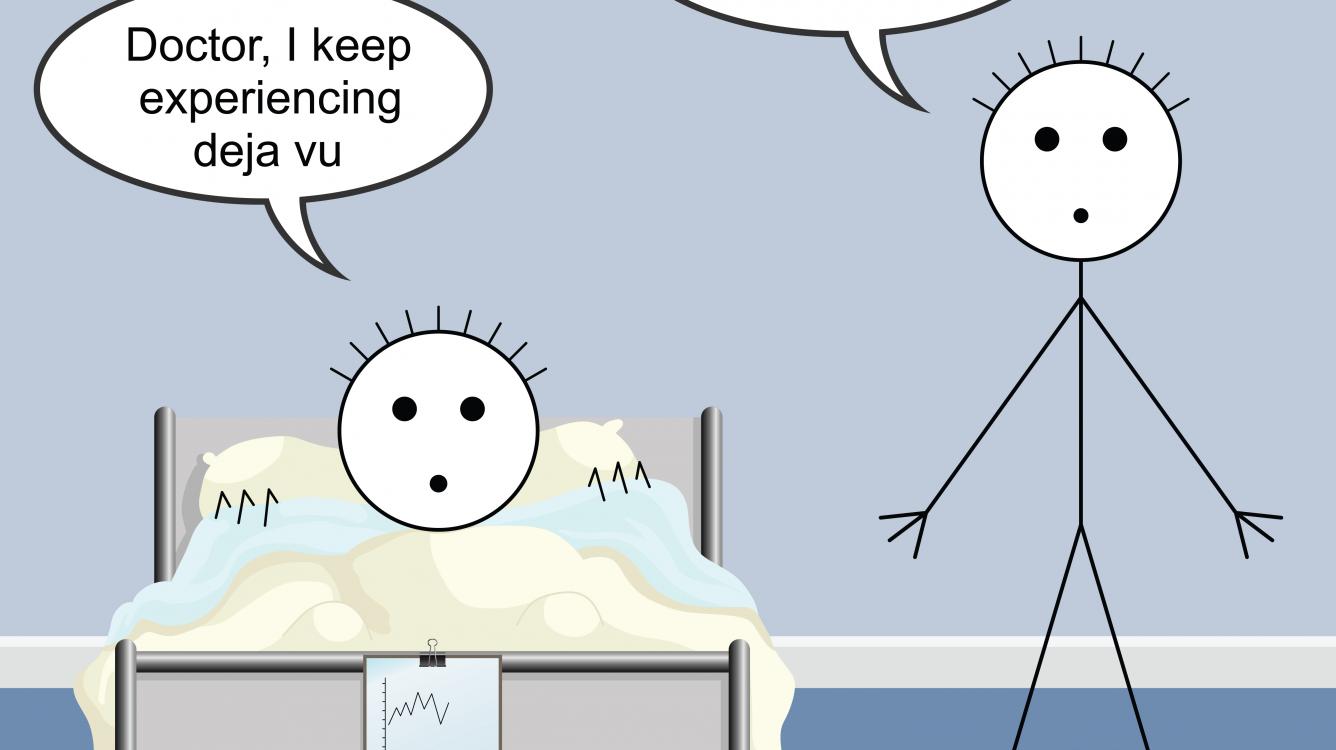
Deja Vu In Endgames
Do you ever see a chess position and have a strong feeling that you've seen it before?
No, I am not talking about opening positions, that you see again and again and again in every single tournament (damn you, the Berlin variation!). And I am not talking about common chess patterns, like an isolated pawn, back-rank mate, etc.
I mean the exactly same position! Usually I have a feeling like this in endgames, because with greatly reduced number of pawns and pieces, a chance to see exactly the same position that you saw in the past is much greater. And in moments like this, when you feel this strange sensation of deja vu, a burning question starts bugging you: where did you see this position before?
Unfortunately, a chess database is not always very helpful, since the position in question could have happened in the past with different colors or it could have been mirrored across the board, etc. Yet if you take chess seriously, analyze games trying to understand and memorize useful patterns that could help you in your own games, pretty frequently your chess memory can be more useful than a computer!

Here is a basic example. When I saw one game played in the under-14 world girls championship, the final position looked very familiar.
Of course, any experienced player saw this king-and-pawn endgame trick before, so this time it was easy for me to immediately remember the famous predecessor:
The point of the Korchnoi's move 51.Kb5! is easy to understand. If instead of 51. Kb5! White takes Black'c c5 pawn, Black will capture White's a4 pawn in return, or if White takes Black's a5 pawn, Black will recapture White's c4 pawn. Therefore White plays 51. Kb5! after which Black loses due to a zugzwang! (On a funny note, Black could try to kiss the white King by playing 51...Kb4??!. We discussed this situation in this article).
I recommend you remember this little endgame trick, as it is very common. Here is another exact occurence of this position:
if you have a very good chess memory, then you can remember the first game of the world championship match Lasker-Tarrasch, where White played a similar idea, but the position wasn't exactly the same.
You can argue that this king-and-pawn endgame position is very basic and therefore probably happened in dozens if not hundreds of games, just like for example Lucena and Philidor positions in the rook endgames. You are right, but the more typical endgame positions you know, the fewer mistakes you'll make! Look, for example, at the following endgame from a recently played game:
White had a completely winning position towards the end of the game. Then he made a bunch of mistakes, but even the final position with an extra bishop looks hopeless for Black. Why did Atilla Czebe offer a draw? Well, if you read the outstanding book "The Best Move" by Hort and Jansa, then there is no mystery here for you. Here is a test position from the book:






